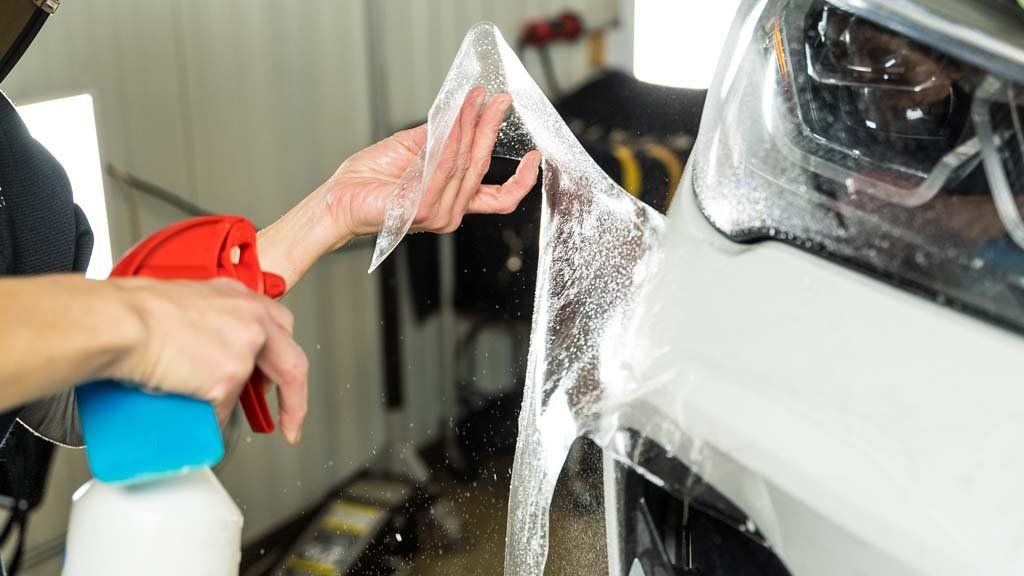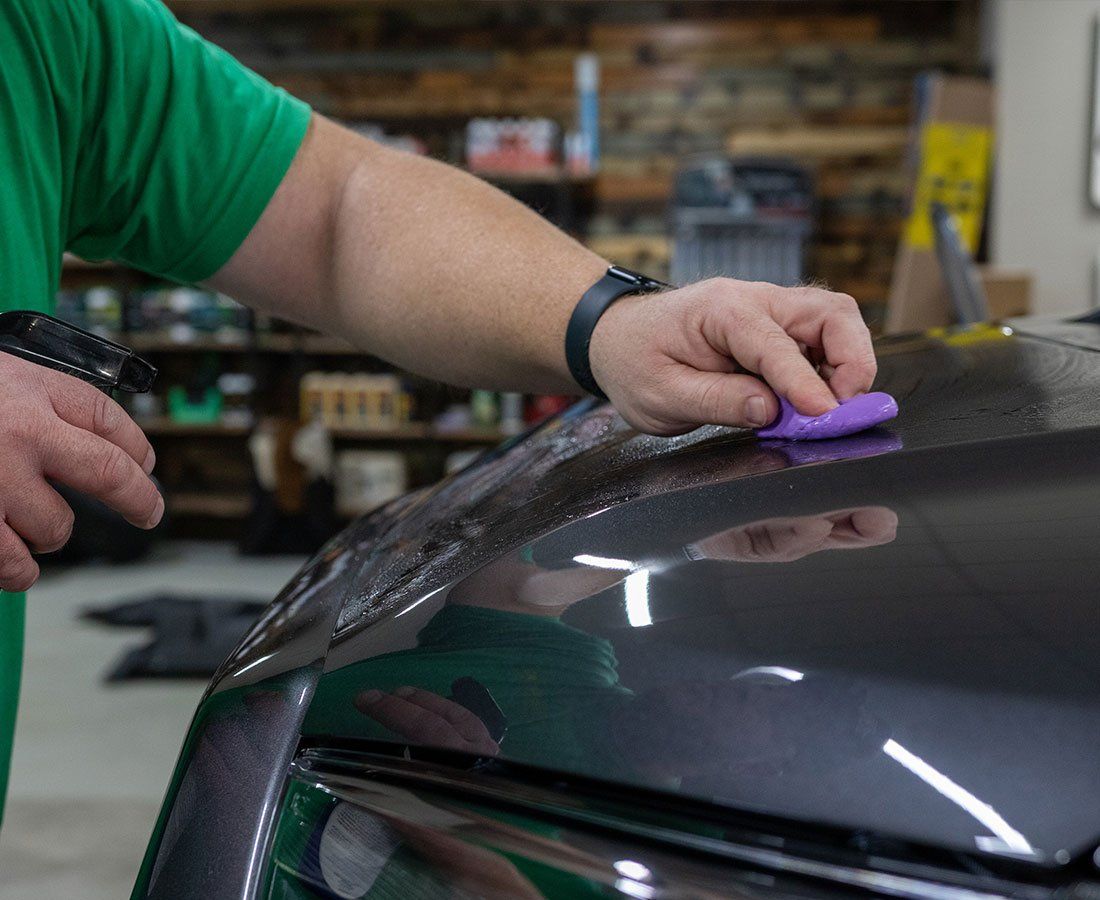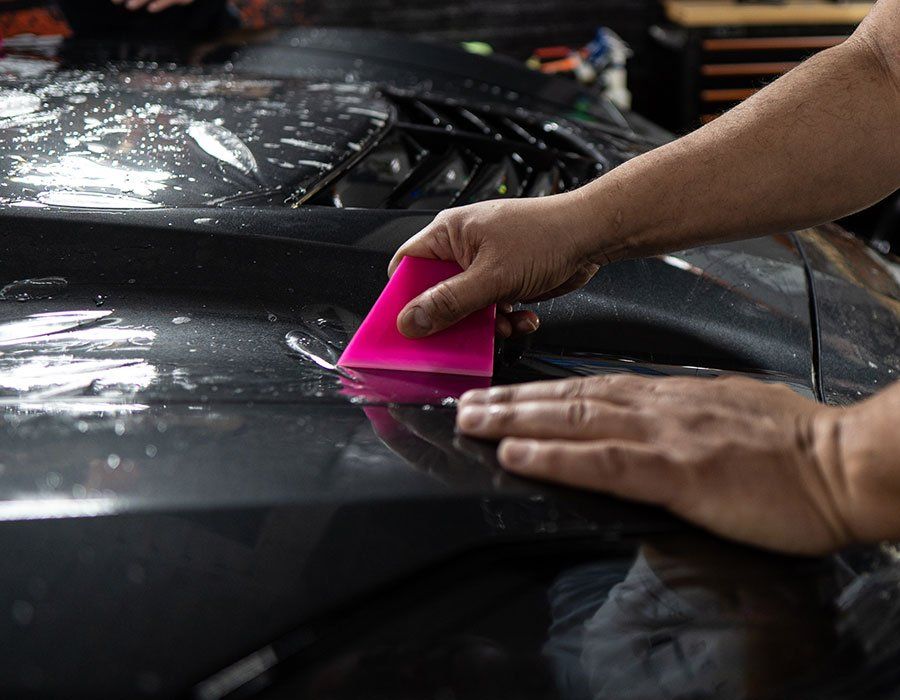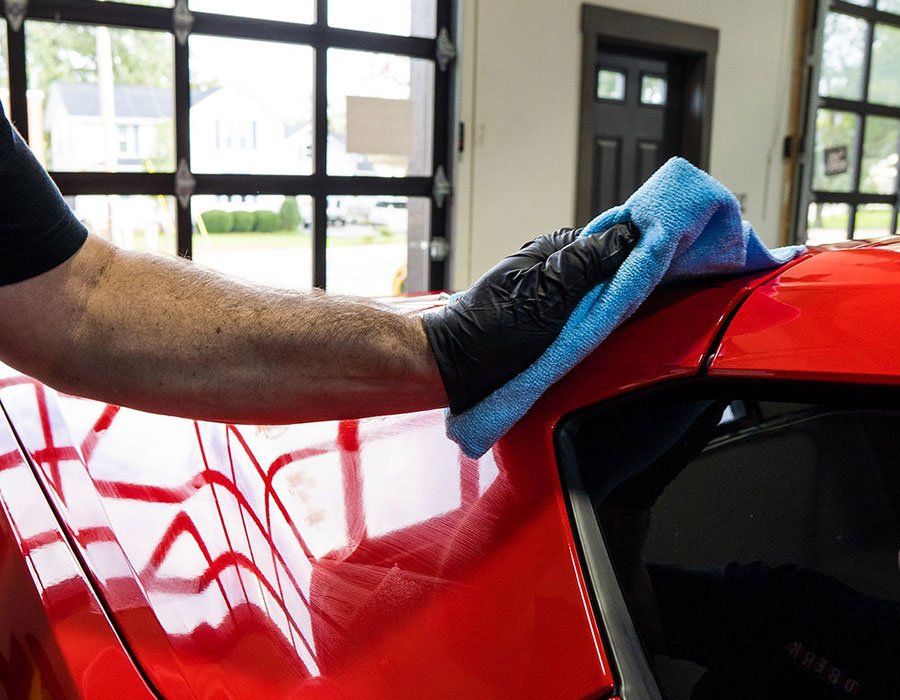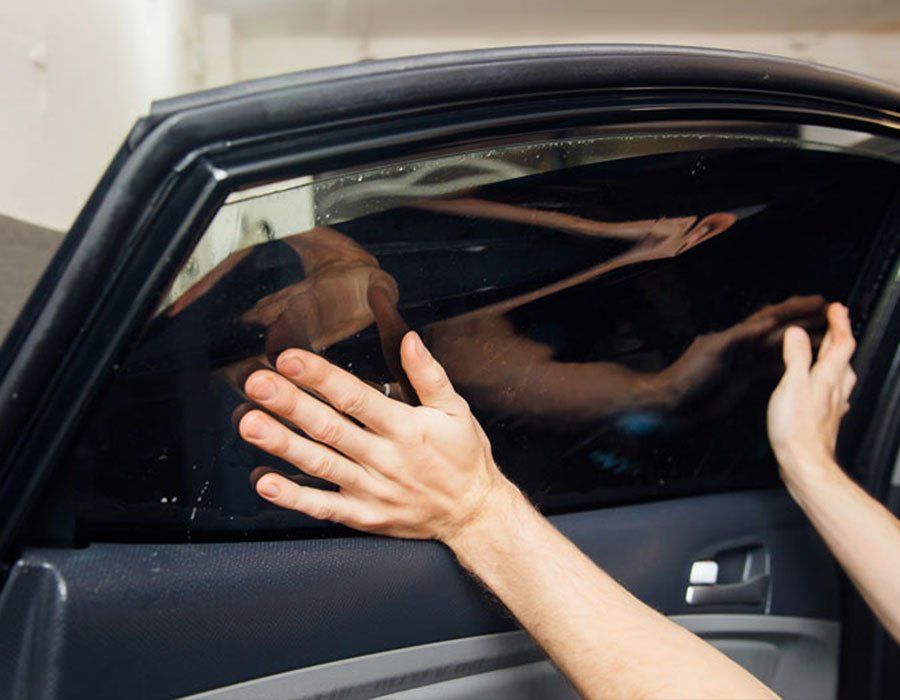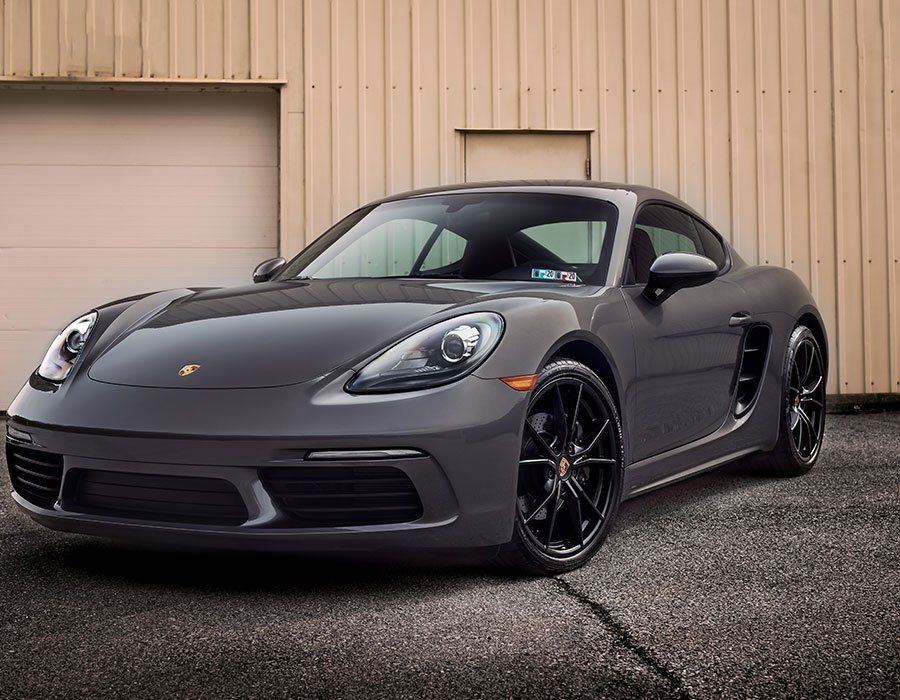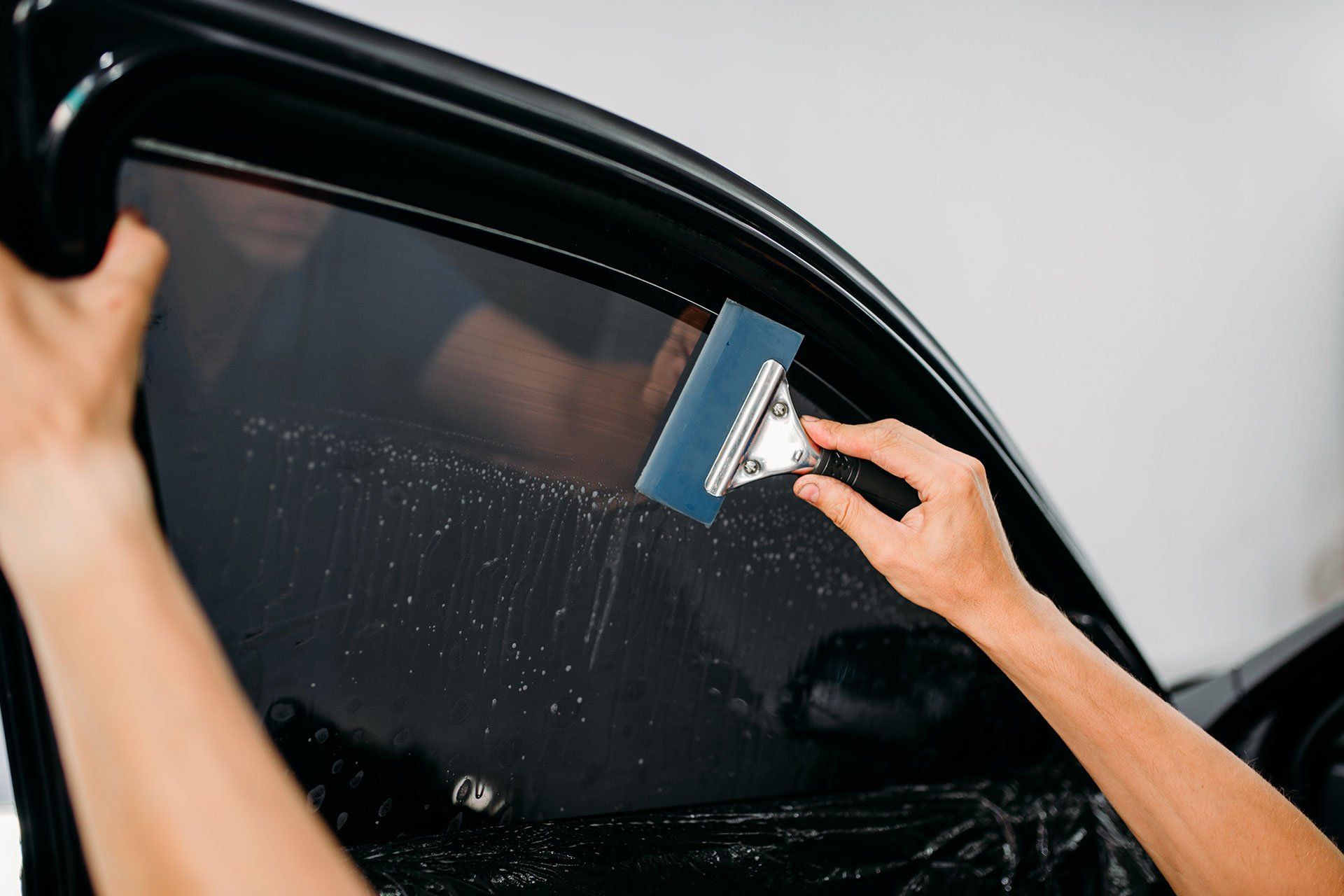
Car window tinting improves the appearance of your vehicle's windows. However, the advantages of window tinting extend beyond aesthetics. Automotive window films improve the comfort and functionality of your vehicle. Window tinting also makes your car and ride safer. This article will go over the advantages of having your car's windows tinted.
1. Car Window Tinting Services Offer UV Protection
Summer temperatures in Tarpon Springs, Florida, can be unbearably high. Sitting in the driver's seat after being exposed to that heat for hours can be extremely uncomfortable. Window film installation services, on the other hand, filter out 99% of the sun's UV rays, protecting your skin from sun damage.
2. Car Window Tint Protects Your Upholstery
Direct sun exposure can cause skin damage. However, the skin isn't the only organ that suffers from sun damage. After prolonged sun exposure, the car seat cushions fade. This can result in unsightly patches on your vehicle's upholstery. Furthermore, the damage extends beyond the fading of car seats. Leather upholstery is made up of natural oil, which gives it a smooth and cushier feel.
When exposed to direct sunlight, leather upholstery will crack and dry. After prolonged exposure to direct sunlight, vinyl upholstery develops spots and cracks. Window tinting allows you to leave your car outside for extended periods of time without worrying about sun damage to the interior upholstery.
3. Protection Against Shattered Glass
Window films protect your car windows by improving their resistance to damage. It is not a bulletproof window, but it will protect your windows from potential weather damage, especially during storm season in Tarpon Springs, FL.
Are you curious about how this works? The polyester layer on the car window tint keeps the glass shards in place if your window breaks. The film will shield you from flying glass crumbs in the event of an accident. This property also allows rescuers to easily reach you by breaking the glass without having to worry about the shards cutting them. Installing a window film is thus a necessary security precaution for both you and your passengers.
4. Window Tinting Increases Privacy
Window tints are available in a variety of options and shades to shield you from prying eyes. This keeps you and your passengers safe and comfortable while driving. Furthermore, when you park your car and leave it unattended for an extended period of time, the security films will protect your belongings from thieves. Installing a high-quality tint on your vehicle does more than just improve its visual appeal; it also keeps you safe when driving in dangerous areas.
If you live in Tarpon Springs, Florida, contact Auto Film Guys to learn more about the legal requirements for car window tinting. While you need a window tint to protect yourself, your passengers, and your valuables from the prying eyes of motorists and thieves, you must also do so legally.
5. Window Tints Keep Your Car Cooler
If you leave your car in the sun for an extended period of time during the summer, the interior can overheat. By blocking a sufficient percentage of thermal rays, window tints will keep your interior cooler. This will give your interior the comfort it needs and keep you from using your air conditioning too much.
6. Protects Your eyes
Driving in direct sunlight can be stressful, resulting in persistent eye fatigue. When driving at night, bright headlights can be annoying. Advanced film solutions assist you in blocking excess light while driving, thereby keeping you safe on the road. Get a high-quality car window tint from Auto Film Guys to protect yourself from direct glare and improve your nighttime visibility.
7. Sharper Look
Window film enhances the overall appearance of your vehicle. After you've given your car a new paint job and some fancy tune-ups, you'll need window tinting to complete the look. Window tinting will polish and class up your interior.
8. Increase the Resale Value of Your Car
Window film improves the appearance of your vehicle. Window tinting will complete the look after you've given your car a new paint job and some fancy tune-ups. Window tinting will polish and elevate the look of your interior.
9. Saves Energy
Window films will keep your car interior cooler, reducing the need for air conditioning. This will save you money because you won't have to use as much fuel to keep the car cool.
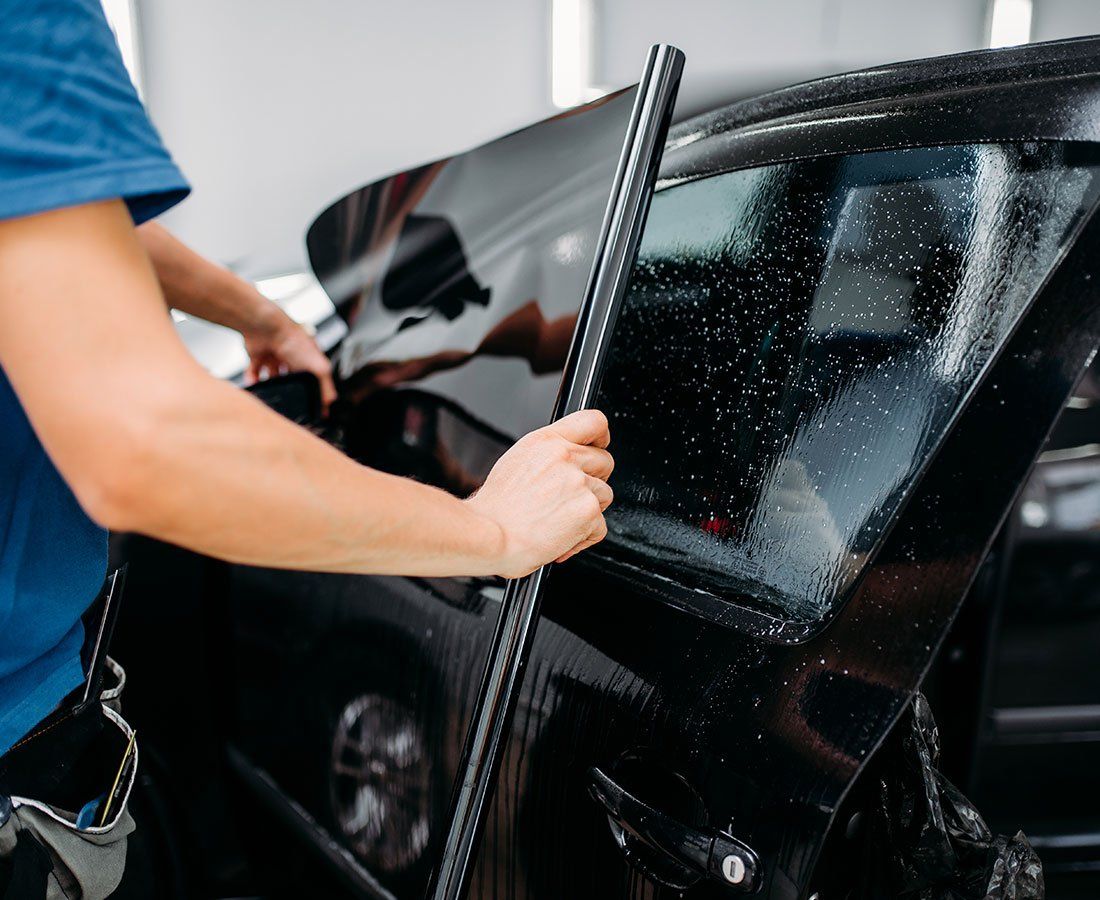
How to Choose a Good Window Tint for Your Car
When making modifications to your vehicle, it is critical to understand the effects of the changes. Getting the right tint for your windows is difficult because you must strike a balance between state laws and the desired level of darkness. Here are some pointers to help you choose a good window tint:
1. Choose the Right Shades
Tinting comes in a variety of shades. You can have 5% or 70% light coming through your window. It is best to select a window tint that provides adequate road visibility while also providing UV protection. Tints with Visible Light Transmission (VLT) ratings of 30% or 35% can help you strike the right balance.
2. Compliance with Local Laws
Your window tinting must adhere to local regulations. Consult a tint professional before installing tints with VLT values that are higher or lower than the recommended value. In Florida, the VLT on front mirrors must be 28% or higher, while the rare window can be as dark as 15% VLT.
3. Consider the Style and Functionality of the Tint
Your tint should protect you from thermal rays and eye strain, as well as comply with local laws. However, you should consider the aesthetics of the window film as well as its functionality. Window tints come in a variety of styles, allowing you to personalize your vehicle.
Looking for High-Performance Tint in Tarpon Springs? Call Auto Film Guys for The Best Car Window Tint Installation Services
Whether you want to protect your interior from UV rays, keep your car cooler, or reduce glare from oncoming traffic, Auto Film Guys can help. We use high-quality products, are familiar with Florida car tinting regulations, and have installed window film in a wide range of personal and commercial vehicles. For all window film needs in the FL area, call us at (727) 940-2340.
The Auto Film Guys Blog
